Moving Music: How VideoHelper Achieved Next-Level Audio Networking
For a bunch of sound creators that like to stay tucked inside their sonic hive all day, the people of VideoHelper have developed some impressive networking skills.
But we’re not talking about the glad-handing-VIPs or three-martini-lunch type of connecting here. With six full-time composer/sound designers on staff, sticking to an aggressive schedule of writing and recording VideoHelper’s distinctive production music libraries, it’s the fiber optic type of networking that we’re concerned about here.
Since being founded by Joe Saba and Stewart Winter in 1995, VideoHelper has been able to keep growing in what’s become a fiercely competitive production music sector. VideoHelper’s libraries – such as the highly successful Modules series which blurs the line between music and sound design – have become a go-to choice for music supervisors overseeing film trailers, TV promos, marketing, and multimedia projects.
But with expansion comes responsibility, and when the company moved to its newest address, an inspiring and airy 6,600 sq. ft. space on West 17th Street, they were determined to up the workflow ante. With live instrumentation – involving everything from garbled percussion to haunted pianos and brutalized guitars – always a part of their aural edge, connecting each composer’s suite to the spacious live room at VideoHelper’s center needed to be much smarter, faster and more plugged-in than it had been at their previous address.
“Before, it was just a fully analog system,” says VideoHelper composer Will Werwath, who also took the lead in designing the new facility’s network. “We had six control rooms, one live room, and if I wanted to go in and record a drumset, there were about 32 patch points needed to make to make that happen, between plugging in microphones, preamps, and getting the signal to my suite. There was a lot of room for error and problems.
“When we moved in to the 17th Street facility, we had the opportunity to optimize the recording network from the ground up. The question was, ‘Can we do this in a digital way, remove many of the patch points, and remove 100 feet of analog cable?’ The goal was to really make the live room a fully integrated part of your individual studio if that’s what you wanted.”
And it’s worth it to get it right, for Werwath and his fellow VideoHelper composers. Recent placements for VideoHelper cuts include HBO’s Girls, the “Laser Cats” commercial for GoPro HD, and film trailers for Iron Man 3, Hunger Games 2: Catching Fire, Gangster Squad, Mama, and Wreck-It Ralph. Meanwhile, their latest library releases include Disc 44: Welcome to the Dramadome, and Upchuckle, the latter of which they promise is jam-packed with stupidity.
Experience some recent highlight VideoHelper usages here.

Working closely with Shane Koss of Alto Music NYC and acoustic designer Jim Keller, Werwath crafted a uniquely efficient network to speed live recording through the VideoHelper facility. Follow along stage by stage to see how they did it.
In the Composer’s Suite
Each VideoHelper composer studio shares many common components, including the networking rigs, which are each outfitted identically.
The first point of contact between the composing suite and studio is the SSL XLogic AlphaLink, which provides 64 channels I/O of MADI to 24 channels of digital and 24 channels of SSL A-D/D-A converters. While harnessing the high-capacity power of MADI would maximize speed, simplicity, fidelity, and intra-facility flexibility, the relatively fragile nature of the fiber optic cable that MADI runs on carried complications for the actual physical design of the network.
Still, Werwath, Koss, and the rest of the VideoHelper team knew it would be a good tradeoff. “The idea was that one fiber optic cable could take care of all of the audio we need to send back and forth between each control room to the live room,” Werwath explains. “Our goal was to make the system completely patchless. We then found that SSL makes the MADI-X8, which is an 8-port MADI routing system that can basically send audio anywhere within the network. If I want to send my audio from my room to the control room, or to any other composer’s suite, I can do that.”
Between the Suite and the Live Room
Each MADI port from each composer’s suite connects to the studio via the aforementioned fiber optic cable. Designed to be as low-profile as possible following the last studio’s cable jungle, each room’s connection runs from the ceiling to a central gathering spot, where each fibe optic cable runs down a pillar and then under the floor.
“You have to conceive of a design like this early in the construction phase,” points out Alto NYC’s Koss. “They were smart to think about it way ahead of time, because MADI cable isn’t a cable that you normally run: You can’t bend it too far, or else it breaks. But with analog audio cable, all you have to do is fit it into the walls, and it’s done.”
Inside the Studio
On the live room side, the MADI cable re-emerges from the floor and into another SSL XLogic AlphaLink. As noted before, the AlphaLink here plays nice with the X8 router, making for easy input and output of digital audio between the studio and any composer suite.
A VideoHelper composer in the live room might be there to add live drums to an in-the-box project he started in his suite. If it were Werwath, he’d first take hold of the mouse that’s connected to the Mac Mini there, locate his name in the onscreen list, and double click it. Next, he’d locate his name on the Comprehensive CVG-81AV passive video/audio switcher in the rack, and push that button.
“The A/V switcher is used to switch between digital clock feeds from the Big Ben master clocks in each composer room,” Werwath explains, “while also switching between the master headphone mixes from each composer room. The pre-amps are hard wired into the AlphaLink in the studio, to be automatically routed to the composer rooms via the MADI-X8 router.”
Easy as that, all of the preamps in the live room have now been routed to his room, where his DAW can record the sessions. Using the program Remote Desktop, Werwath can use the Mac Mini to control his powerhouse recording setup down the hall, and see everything plain as day.
“Hit a couple of buttons, and you’ve made the live room your studio,” he notes. Recording of guitars, drums, piano, oboe, glockenspiel, plus the occasional human sacrifice can commence, and all captured audio goes straight onto the DAW in his suite.
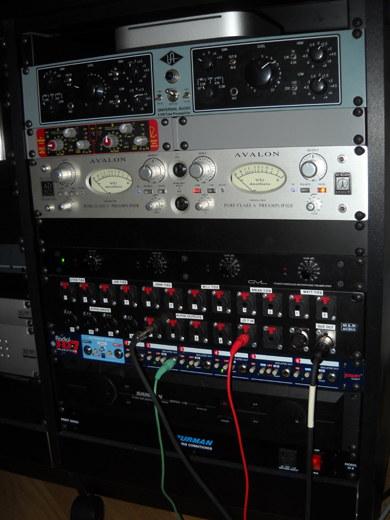
A range of mic pres including Universal Audio, Portico, Avalon, and GML can all be routed straight from the studio to any composer’s suite.
Analog Monitoring
Recording across digital networks can introduce latency, however. Looking ahead to this, VideoHelper kept the monitoring in the analog domain, to ensure zero latency monitoring between the audio being played out from the composer’s suite and whatever’s being recorded live in the studio.
The team settled on the Redco Little Red Cue Box, a 4-channel passive headphone distribution amp with volume controls, to enable listening during live room tracking. “We ran a couple of analog lines so we could monitor our master mix and be able to record while listening to that,” Werwath explains.
How it Feels
Whether they’re capturing acoustic instruments, reamping, or maximizing any of the other benefits that come with having a full-fledged live room at their fingertips, VideoHelper’s composers appreciate that their creative place is easier than every to reach via their advanced audio network.
“With 90% of what you hear on TV now being produced in the box, we think it’s important to shoot for a higher standard,” Will Werwath says. “Now when the question is, ‘Should I put drums on the track?’ we can immediately say, ‘Yes!’ The mics are all set up — there’s no reason not to go as far as we want to take it.”
— David Weiss
Please note: When you buy products through links on this page, we may earn an affiliate commission.







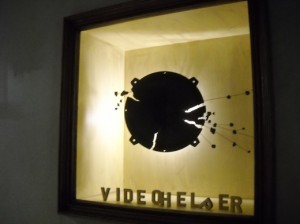
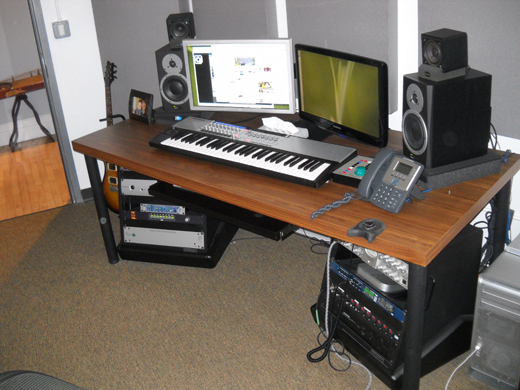
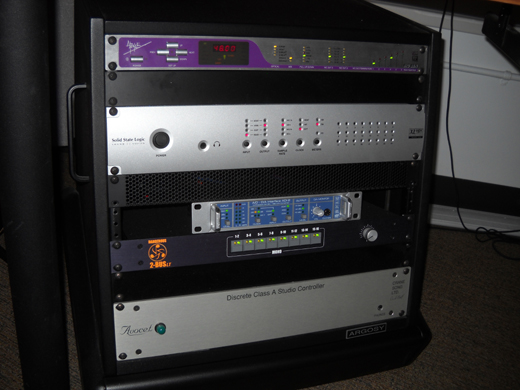
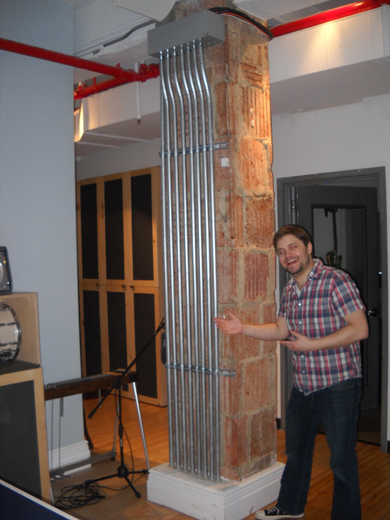
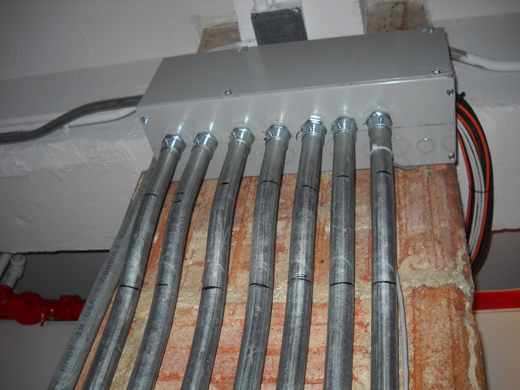
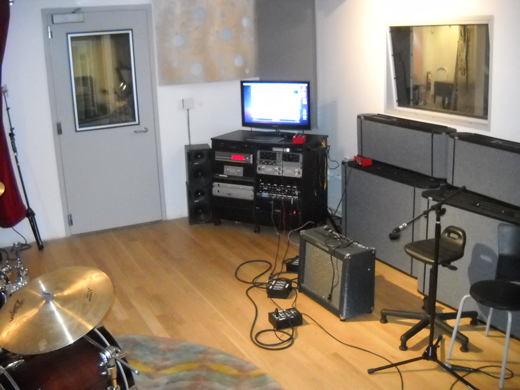
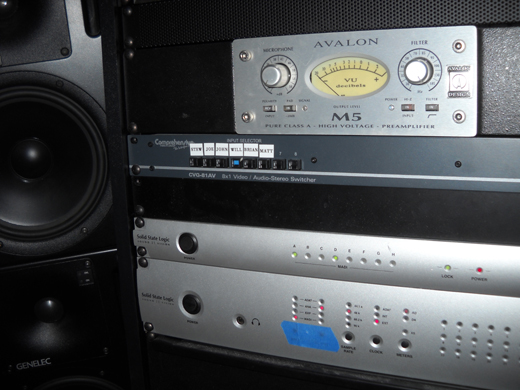
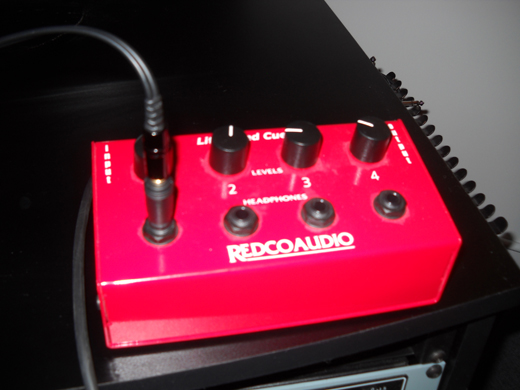
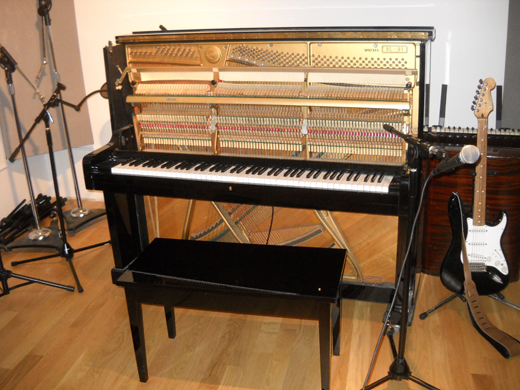
aspensprings
March 4, 2013 at 6:05 pm (12 years ago)wow, and that is why a quality production needs a quality studio. The music makes or breaks the show.
Impressed
March 5, 2013 at 4:47 pm (12 years ago)Videohelper is run by brilliant young men!